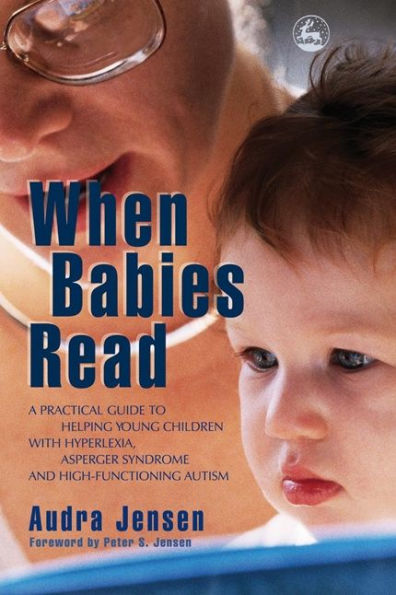5
1

When Babies Read: A Practical Guide to Helping Young Children with Hyperlexia, Asperger Syndrome and High-Functioning Autism
192
When Babies Read: A Practical Guide to Helping Young Children with Hyperlexia, Asperger Syndrome and High-Functioning Autism
192
26.95
Out Of Stock

Product Details
| ISBN-13: | 9781843108030 |
|---|---|
| Publisher: | Kingsley, Jessica Publishers |
| Publication date: | 08/08/2005 |
| Pages: | 192 |
| Product dimensions: | 5.91(w) x 8.98(h) x 0.47(d) |
About the Author
From the B&N Reads Blog
